You are hereRat Rod Motorcycle - distressed motorcycle finish
Rat Rod Motorcycle - distressed motorcycle finish
I was contacted by Curt about making his motorcycle look old, specifically, "Like it was parked in a barn for 30 years". I have to say, if I was going to have a motorcycle, it would be this exact one. Here's a picture of it at his place, and, one of me as I moved it from the barn to the front porch to work on it under better lighting.
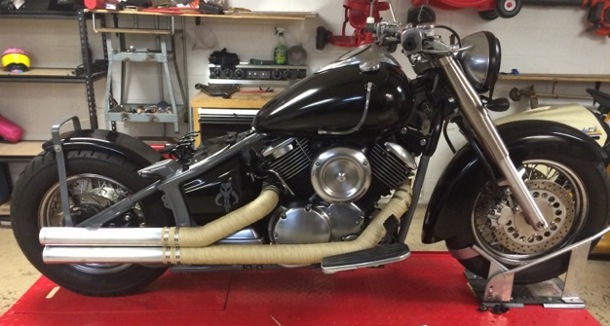 Before
Before
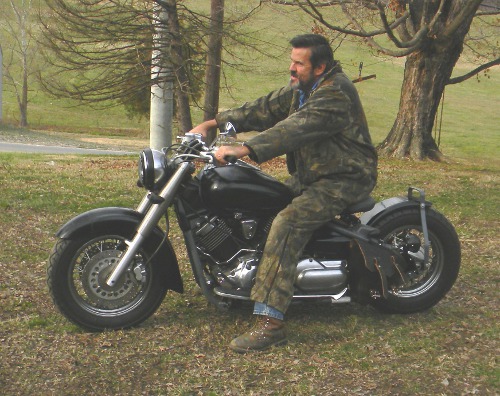
In the past, I've had good results with the no-sand solvent products. Below is a picture of a truck door I distressed with the no sand solvent. I hoped to put some in a detail gun and selectively spray it on the existing paint of this bike. I wanted to have the top sides of the pieces void of gloss, but have that smoothly blend into a gloss finish on the underside of certain parts, like the tank, and sides of the fenders. That's the way it would age; the underside not being exposed to sun, dust, airborne things that would dull the gloss. The no-sand idea didn't work at all. The owner said all the paints on the bike were things available at Lowe's. To my knowledge, they don't sell the stronger automotive finishes, which is fine, maybe even desirable in a situation like this. Considering the source of the paint, based on previous experience; I thought it would distress easily. But whatever finish was on there was impervious to the chemical. Not only did the no-sand not affect it, neither did lacquer thinner, brake fluid, Draino dissolved in water, or any of the other tricks I had up my sleeve.
What did end up working was 600 grit wet or dry sandpaper. With careful application of pressure, and circular motions, I was able to make the blend between gloss and flat. There was a problem with this method though; there was a wide vinyl stripe under the paint. Normally, when just shooting flat paint and a few effects on the bike, that's not much of a problem. But it slowed the sandpaper down a bit. I had to be careful not to sand away the paint on the edges of the vinyl, thereby exposing the white color. I also had to carefully fold the sandpaper, and sand the area right next to the vinyl, which was first missed because the paper rode up over the vinyl, and missed that little pocket. I mention that so that this page will be a better DIY article.
The reason I planned on making the blend with chemicals is because I don't always get reliable gun performance with flat paint. This time, the flat black worked well, on the first application. There was a point of disaster later on; I applied a final coat of very thinned white, to make what watercolor artists call a "wash". That worked, but the extreme amount of solvent must have had a reaction with the bondo I used. It made all the Bondo places show up as a grey area on the previously sprayed flat black. It was VERY difficult to overcome that problem, even after using a blow dryer on the affected areas.
What bondo places, you ask? Well, I used the same faux chip method that I developed for the cattle sign.You can see that page here:
Cattle Man's sign
The method uses a small piece of adhesive vinyl, the material used for signs. I cut a little piece, with slivers coming out from the corners. Then I apply a thin layer of Bondo or glazing compound over this. I let it harden, then sand it to smoothly taper to the surface. Next, I pull the vinyl out, leaving a 3D little chip shape. I primer and paint the fake chip to match the rest of the surface, then, with jeweler's glasses, and a really small brush, I paint the dark brown into the chip area and the fake cracks around it. Finally, I uses an orange-brown paint in an airbrush to make a rusty water stain-streak running down from the chip. On this one, I had to reapply the dark brown after the airbrush color, because too much got down in there. Better to always do it last. I always try to be cutting edge, so on this one, I added scratches made the same way. They worked great. You can see one below, on the left side of the tank.
As I was doing these fake chips, I realized that I wanted a few more on the other side of the bike. I didn't want to get the close-up lenses out again, and go through the vinyl drawing and cutting routine again, so I decided to try and make a 3D chip right in the existing finish. There was enough of it built up to give me a little depth without going down to the metal; so I tried it. I took an exacto blade,and made a miniture scarper type tool, for making the bottom of the chip flat. I was able to do it this way, but I like the results of the vinyl (specifically vinyl paint mask) much better.
So why all the fuss with built up 3d chips and scratches, instead of just taking a heavy tool to the existing paint, and bashing the effects into place? It has to do with my limited knowledge of sheet metal arts. That's what it seems like to me, bordering on Merlin the Magician type stuff. I don't like to mention something that the Bible condemns as unclean, but this stuff is mysterious. Have a dent there? Tap over here to the side a little ways, and watch the dent pop out. Have a long gouge along a door panel? Don't pull it all the way out, because the sheet metal has stretched, and is now bigger than before. If you do pull it all the way out, the panel will be wavy, because you're trying to fit it in an undersized area. Best to pull the long gouge most of the way out, then use filler on what's still sticking in. I wanted the bike to be easily returned back to a new glossy finish, if that was ever desired. I've had a few strange incidents where I chose a more difficult way to finish a job, trying to take care of the next guy that worked on it. Turned out it was me, in both instances. Both jobs were altered a week later because of circumstances not related to job quality. It drove the "Do unto others" lesson home. It's why I'm often religious about anti seize compound on mechanical projects.
Anyway, when I did this bike, I had several days to do it, which is enough, but I didn't have time to contemplate the overall effect. Maybe when you're pumped up to do you're best, you can't do that anyway. I did have time to do research for the project. This involved going around and taking about 20 pictures of old rusty things; then looking them over, and taking notes. It's just past 1 am as I write this, so I don't have time to tell you everything I learned, but it was a lot more than I expected. I'll throw a few out here, just for samples: There was one piece of equipment that had hex bolts right down on a painted surface. Someone used a socket wrench on them before, and the sockets left these perfectly round half circle scratches in the paint. I'm guessing every mechanic has seen these, but if I hadn't done my research, I would have forgotten them. There was a door on a utility bed that had long tree branch scratches on the outside, but short, deep, criss-crossing scratches on the inside, where the open door had been used as a workbench. There were the irregular shaped pieces where the raised portions had the paint scraped off, and the lower parts intact. There were places where thin metal pieces were welded together with tack welds; then spray painted. The welds didn't keep paint or water out of the joint, so rust started creeping out where the two pieces met. There was a place where a rock chipped a painted surface; it left a large hole in the paint, and a noticeably smaller hole in the primer. So, in the center, there was a small dark brown rust colored hole, then a flat grey area inside another larger hole in the red paint. A lot of neat effects gathered in an half hour of photo taking.
I've since had time to contemplate the overall look that I should aim at on this sort of project; and it's somewhat paradoxical. That is, I want a look that can be noticed 20 feet away, but, if a paint job has deteriorated for decades, then everything about it will be dulled. It will be so unexciting that it won't grab anybody's attention. There are the typical distressing methods, namely crackle finish, that will be seen at a greater distance, and have immediate recognition. The problem here was that the usual faux crackle finish has unusually long cracks running one direction, and somewhat rounded features. I've seen it so many times that it always reminds me of the chemical reaction that it is, and barely looks like aged paint. I suspect that most people would at least subconsciously associate it with a funky furniture makeover at a craft store. Not anything I wanted remotely associated with this powerful motorcycle.
I've also had time to remember a crackle experiment I did back in 2006. I was trying to figure out a more three dimensional crackle finish. That's another problem with the typical faux crackle finish, it's -very- flat looking. No lifted, curled up paint edges anywhere. I looked at the cracked mud in the bottom of large dried puddles, and wondered why the mud cracked. I think it's this: the dirt is suspended in so much water that as the water leaves the dirt, a large part of the mixture is departing, and as the mud shrinks from the loss, it shrinks in every direction. That is, each remaining piece is pulling into itself from all sides, which leaves cracks on all sides. The same thing is happening with old oil based paint finishes, and varnish on 100 year old pianos. That type of finish doesn't have an activator like a modern finish; it has a dryer, a chemical to make a natural oil like linseed oil, tung oil, or pine pitch harden. The dryer keeps working through the years. Sometimes the finish is shrinking; other times it gets so brittle that it loses its flex, and therefore loses its "thermal elastic coefficiency"; a fancy way of saying that two things don't expand and contract at the same rate.
What I came up with for the 2006 experiment was to use very liquid Bondo on a stout cloth. If you want your Bondo to be smoother and creamier, you can add fiberglass resin. The hardener works the same. From the look of how glossy the results were in the photos, I think that's what I did. I don't remember the exact method. What I do remember was two different roll methods. That is, I applied the filler as an even layer about 2mm thick. I carefully rolled it up, with the filler side inside the roll, not facing out. I did two; one was rolled straight across, from one edge to the parallel opposite edge. In other words, similar to a cigar. But the other cloth was rolled from a corner, over to the opposite corner, similar to that French pastry.
The side to side one predictably made very straight linear cracks, it was too uniform. But the neat thing was how the other one turned out. BTW, I should have said that these were unrolled while the filler was still pliable. Since the second one had to flatten out two ways, width and height, it pulled cracks in a much more accurate way. You can see the results in the photos. Of course, this would be so difficult to apply in a real production way, that the entire experiment was academic. The exception would be to use a synthetic cloth, cut in strips about 9 cm wide, by 1 meter long. Then one could use the cloth pieces as the surface of lumber boards. They didn't have plywood back in antiquity anyway, so this might work. A lot of work, but it would probably go. You can understand that the strips of cloth have no place on a motorcycle though.
But here's how it probably could be made to work: make a vector file based on the picture of the crackled finish. Then have a plotter cut vinyl paint mask out using that vector file. The vinyl would be used the same way I used the chip and scratch method above. I'll put this vector file project on my to-do list. I think a well executed crackle finish would add the more noticeable element I'm looking for to this sort of project; but it will have to be in the future.
About the pictures below: There's one with the white vinyl faux chip pieces just applied. The black lines on the edges are from the ball point pen I drew it with. In another picture, you can see my finger pointing at one of the chips before rusty colored paint has been added. What's going on in that picture is that grey drops of paint have been flung on, which will be followed by another coat of flat black. I knew the grey drops would be too raised, so I let them dry, then sprayed black over them. Next, I wet sanded them. They showed through the flat black, but it all took on a nice even keel. there's a picture with the final airbrushed flat brown paint around a couple chips. A note here; when I made the rusty streaks, I set the bike on it's kickstand, the way it usually sits when parked. I made the streaks run down the way they would with the bike parked this way, which in a few spots is a different direction than if the bike was standing. A touch of authenticity, which may or may not be noticed, or, might even look odd. Not everything can be done in a strictly realistic way. For instance, below the seat. Initially, I left the frame intact there, gloss grey. Down there, it wouldn't get rubbed by the rider's legs, or faded by the elements. But it just looked out of place; it seriously hampered my distressed effort. So it got distress down there too.
As for the unpainted parts, like the forks, I tried a number of things to age them, but time wasn't on my side. I think that if I was able to let these parts set overnight, or a few days with a certain treatment on them, they might have oxidized to look old. I did apply a cloudy finish with some apprehension; knowing that scratches could reveal a new finish underneath. Who knows, maybe that's how it would be on an actual old part?
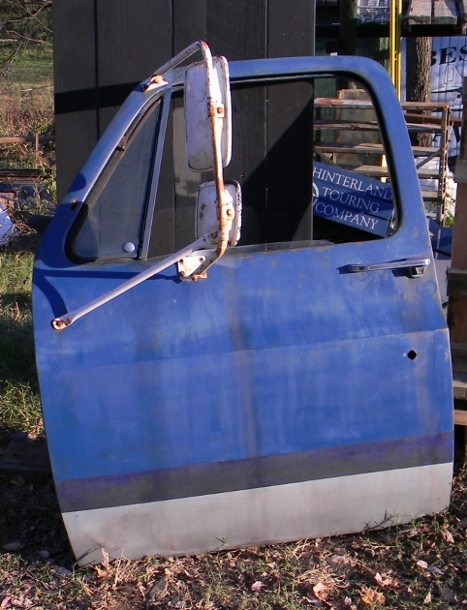
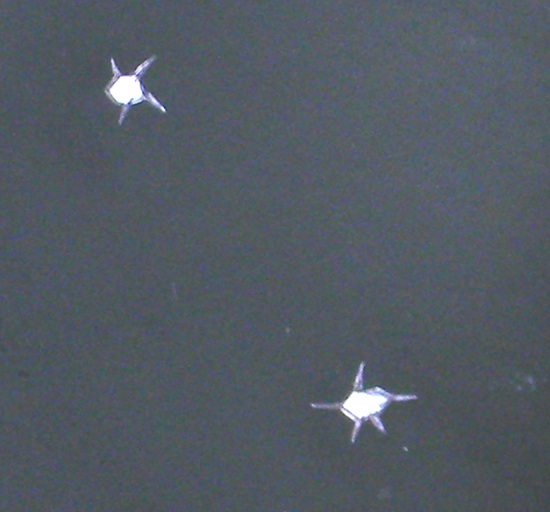
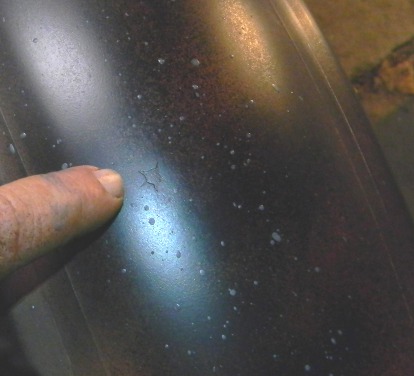
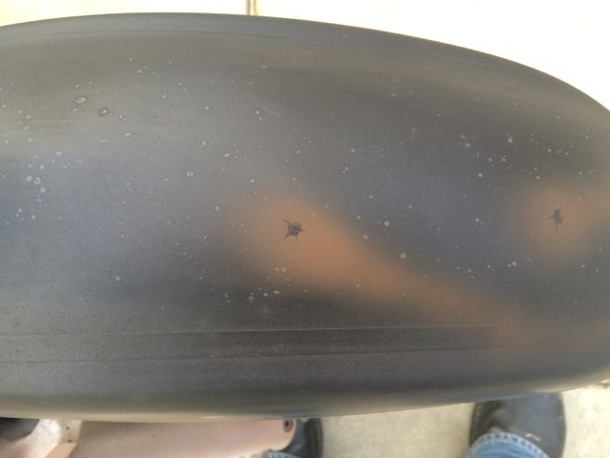 Rusty streak
Rusty streak
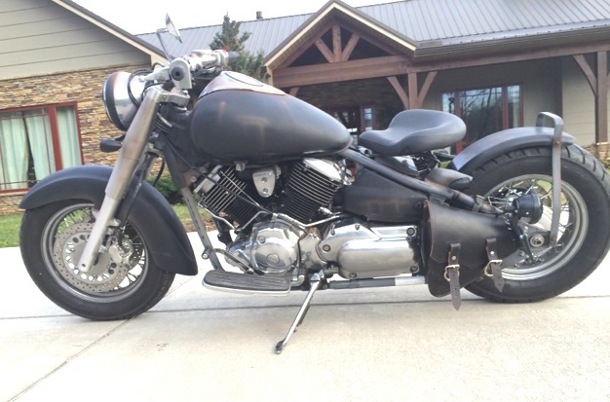 Side View
Side View
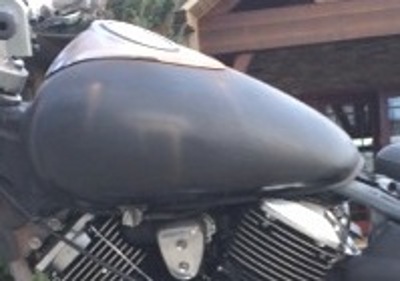 Scratch on tank 2
Scratch on tank 2
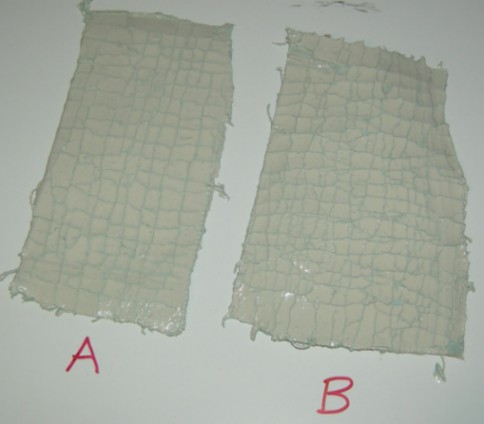 3D Crackle experiments
3D Crackle experiments
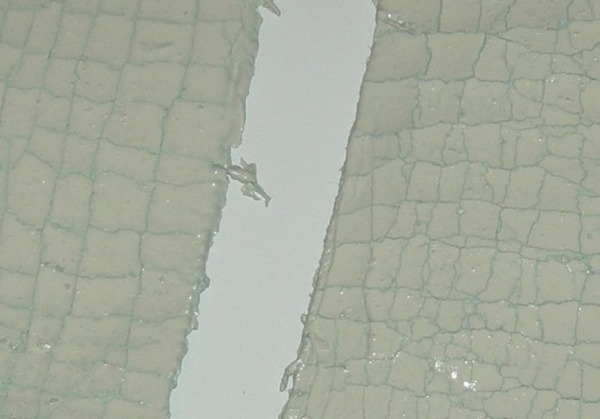 3D crackle experiments 2
3D crackle experiments 2
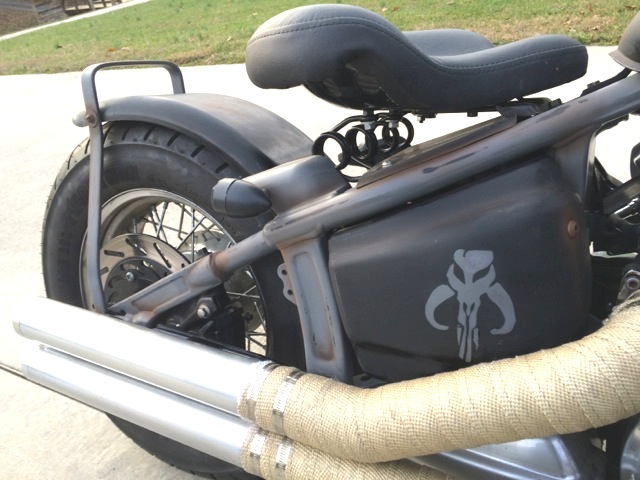 Distressed Frame
Distressed Frame
How to distress a motorcycle finish, Rat rod motorcycle tutorial. Make a motorcycle look old.


